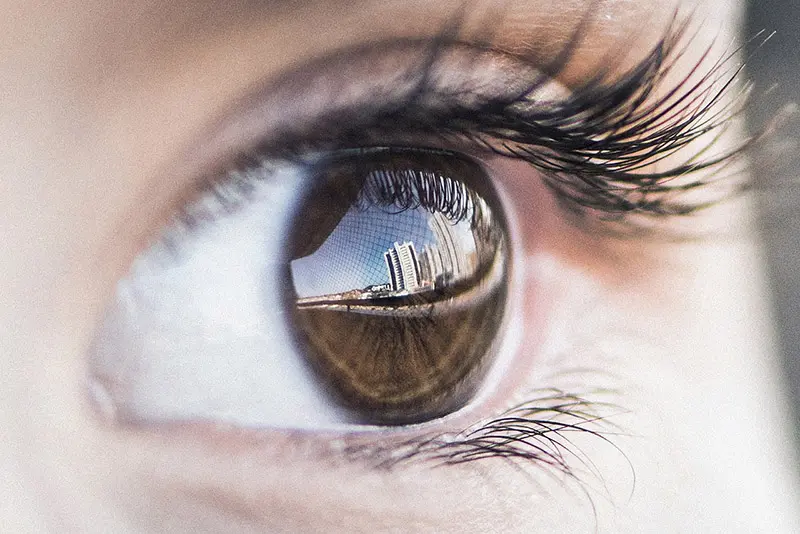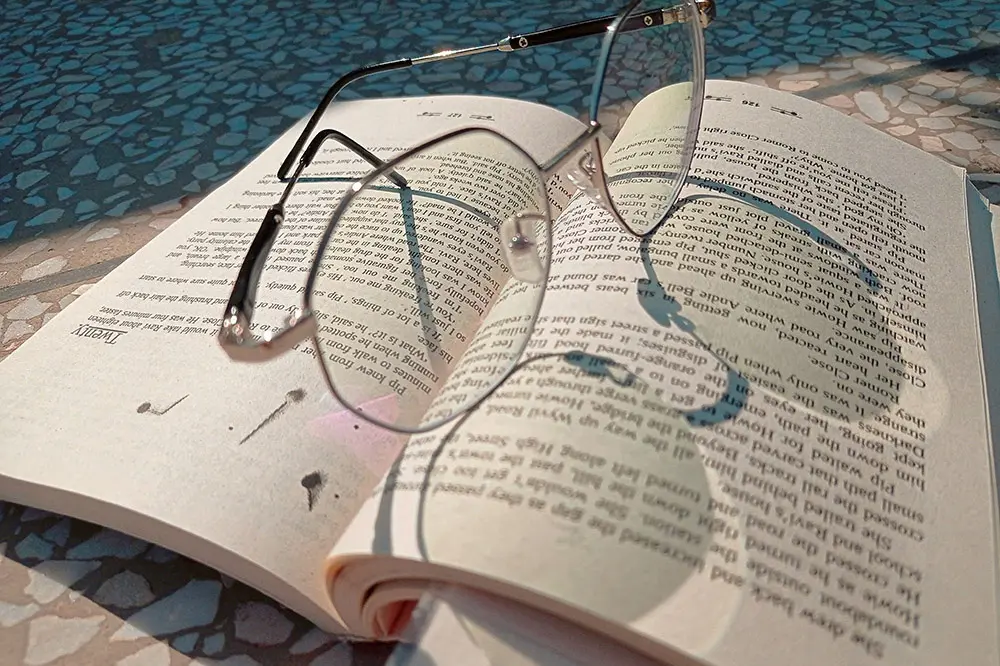Wearing Glasses Will Not Deepen Myopia
Many people still misunderstand eyeglasses for myopia, believing that once people put them on, they will never be able to take them off and that their myopia will continue to worsen. Today, we will explore why wearing glasses does not deepen myopia.
I. The Development of Myopia: The "Focal Length Mismatch" of the Eyeball
The essence of myopia is a mismatch between the eye's refractive system (cornea, lens) and the axial length of the eyeball. This causes parallel light rays entering the eye to focus in front of the retina instead of accurately on it, resulting in a blurred image. This “focal mismatch” primarily stems from two factors:
1. Genetic Factors: Children of parents with high myopia face a 40%-60% increased risk of developing myopia. This is an inherent tendency in eyeball development determined by genes.
2. Environmental Factors: Prolonged close-up visual tasks (such as reading or using electronic screens) cause sustained contraction of the ciliary muscle and excessive accommodation of the lens. Over time, this leads to an elongation of the axial length of the eyeball (the normal axial length is about 24 mm; for every 1 mm increase, the myopia degree increases by approximately 300 degrees).
Simply put, myopia is more like an "abnormality in eyeball growth" rather than a "side effect" of wearing glasses.

II. The Scientific Principles of Wearing Glasses: Reducing the Burden on the Eyes Rather Than Adding Pressure
The primary function of glasses is to correct refractive errors. By using concave lenses to diverge light rays, they refocus the image onto the retina. This principle is similar to adjusting the focus of a blurred camera lens. Specifically:
1. Reducing the Burden of Accommodation
Without glasses, individuals with myopia often force their ciliary muscles to overcompensate by squinting or tilting their heads. Prolonged practice of such habits can lead to muscle fatigue and spasms, which ultimately accelerate axial length elongation.
2. Maintaining Visual Clarity
Clear images reduce the eye's compensatory accommodation, preventing excessively close viewing distances (such as leaning in to see the blackboard) that are caused by blurred vision. This helps slow the progression of myopia.
3. Research published in the American Journal of Ophthalmology has confirmed that children who wear fitted prescribed glasses promptly experience a 15%–20% slower annual progression of myopia than those who do not wear glasses.

III. The Truth Behind the Progression of Myopia
Many parents attribute the continued increase in their children's myopia to the glasses they wear, which is a typical "attribution error". The real culprits behind the progression of myopia are as follows:
| Misconception | Scientific truth |
| Wearing glasses causes myopia to worsen | According to authoritative studies both at home and abroad (such as studies published in the journal Ophthalmology), wearing glasses properly will not accelerate the progression of myopia. On the contrary, uncorrected myopia will lead to a faster increase in degree due to excessive accommodation. |
| Lower prescription strengths are preferable to avoid dependency. | An insufficient degree will keep the retina in a blurred state all the time, causing the brain to drive the eyeball to elongate in pursuit of clarity, which will accelerate axial length growth. Cycloplegic refraction is needed to ensure the accuracy of the degree. |
| Wearing and removing glasses at will can control the degree. | Frequent wearing and removal of glasses can affect prescription stability. The ciliary muscle remains in a tense state, which is likely to cause visual fatigue and lead to fluctuations and deepening of the degree. |
In addition, poor eye usage habits (such as spending over four hours a day on close-up tasks and insufficient outdoor activities) and growth (with the period from 6 to 12 years old being the peak time for eye axis elongation) are also crucial factors.
IV. A Rational Perspective on Wearing Glasses:
The core goal is controlling high myopia. Parents need not panic about their child wearing glasses. It is essential to understand:
1. Regular Myopia Can be Controlled: Through regular reviews (optometry every 6-12 months), 2 hours of daily outdoor activity, and gazing into the distance for 10 minutes after every 30 minutes of near work, the progression of myopia in most children can be controlled within 50 degrees per year.

2. High Myopia Demands Caution: When the degree exceeds 600 degrees, the risk of retinal detachment and macular degeneration increases significantly. Wearing glasses in time and avoiding strenuous exercise are basic prevention and control measures.
Glasses are a "helper": Modern medicine has been able to delay myopia through orthokeratology lenses (OK lenses), low-concentration atropine and other means, and wearing glasses is only a phased choice.
V. Solutions for Adulthood:
Medical technology now offers more solutions for families who are concerned about "wearing glasses for life".
1. Laser Surgery: This adjusts refraction by cutting the cornea. It is suitable for patients over 18 years old with stable prescriptions and the unaided visual acuity can reach more than 1.0 after surgery.
2. Implantable Collamer Lens (ICL) Surgery: Vision correction is achieved by implanting an intraocular lens without the need for corneal cutting, especially for those with high myopia or thin corneas.
Conclusion: Use Science to Dispel Anxiety and Let Children "See" the Future
Wearing glasses does not deepen myopia. Prescription glasses is a tool to help children see clearly and reduce eye strain. What truly requires attention is cultivating good eye habits, undergoing regular check-ups, and avoiding the risks associated with high myopia. Instead of fixating on "whether to wear glasses," you should believe in the power of medical science. The purpose of today's scientific prevention and control is to give children more choices in the future. Let us replace panic with rationality and protect our children's "clear vision."








